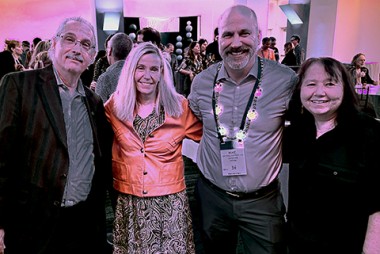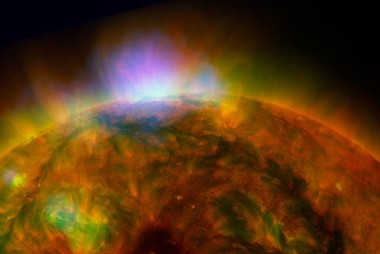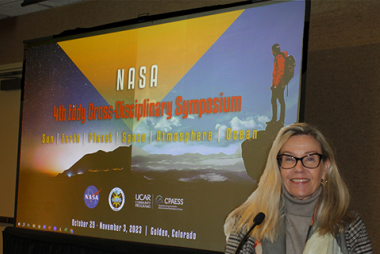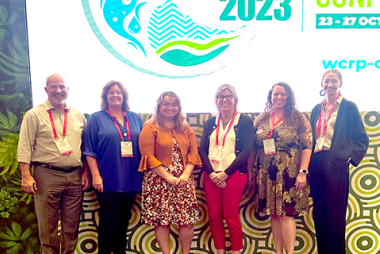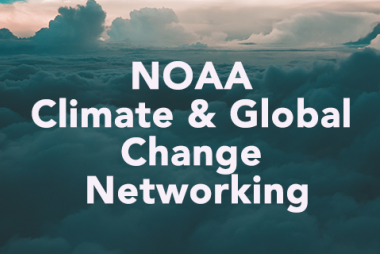Celebrating the Solar Eclipse

CPAESS Event Planner Shelley Rabern assisting with an Annular Eclipse event for the public in Albuquerque, New Mexico (photo courtesy of NOAA).
On Saturday, October 14, 2023 the Sun, Moon, and Earth align perfectly to create an annular solar eclipse. This eclipse created a path stretching from the Oregon coast to south Texas. “...the path of annularity is the best place to observe the eclipse. This is due to the Sun being almost completely covered by the Moon's shadow. This phenomena will show a ring around the Moon, that some refer to as the ‘Ring of Fire’ (Source).”
To celebrate this annular eclipse, many organizations hosted in-person and virtual viewing events including NOAA whom CPAESS assisted in Albuquerque, New Mexico. Of this eclipse viewing, CPAESS event planner Shelley Rabern exclaimed “The Annular Eclipse event in Albuquerque was amazing. Could not have been better timing than to have it happen during the Balloon Fiesta!” NOAA interacted directly with over 7,000 people in Albuquerque and was joined by NASA, the National Science Foundation, Center of Science and Industry (COSI), and the Albuquerque Museum of Nature and Science to create an unforgettable experience for all attending.
At the Anderson Abruzzo Albuquerque International Balloon Museum, experts were available for the press to ask questions about this phenomenon and tables were set up for the public to get information, swag, and eclipse glasses. Speakers included: Michael C. Morgan, Ph.D., Assistant; Secretary of Commerce for Environmental Observation and Prediction, NOAA; Elysad Talaat, Ph.D., Director, NOAA’s Office of Space Weather Observations; Bill Murtagh, Ph.D., Program Coordinator, NOAA’s Space Weather Prediction Center; Doug Biesecker, Ph.D., Space Weather Scientist, NOAA Space Weather Follow-On L-1; Alessandra Pacini, Ph.D., Space Weather Scientist, NOAA’s Center for Environmental Information; Peg Luce, Acting Director, Heliophysics Division, NASA; Kelly Korreck, Ph.D., Eclipse Program Manager, NASA; and Carrie Black, Ph.D., Program Director, NSF and Inouye Solar Telescope.
Shelley further shared “We also had ham radio operators on site. The ham radio transmissions were received in six out of seven continents and showed the impact of the eclipse on the ionosphere.” It was a remarkable event uniting people across many walks of life in learning about and witnessing the wonder of our natural world.
Another great solar eclipse is coming up on April 8, 2024 which can be seen in many parts of Mexico, the United States, and Canada. It will be the last solar eclipse visible from the contiguous United States until 2044. Find out more about its path and safety considerations here.

